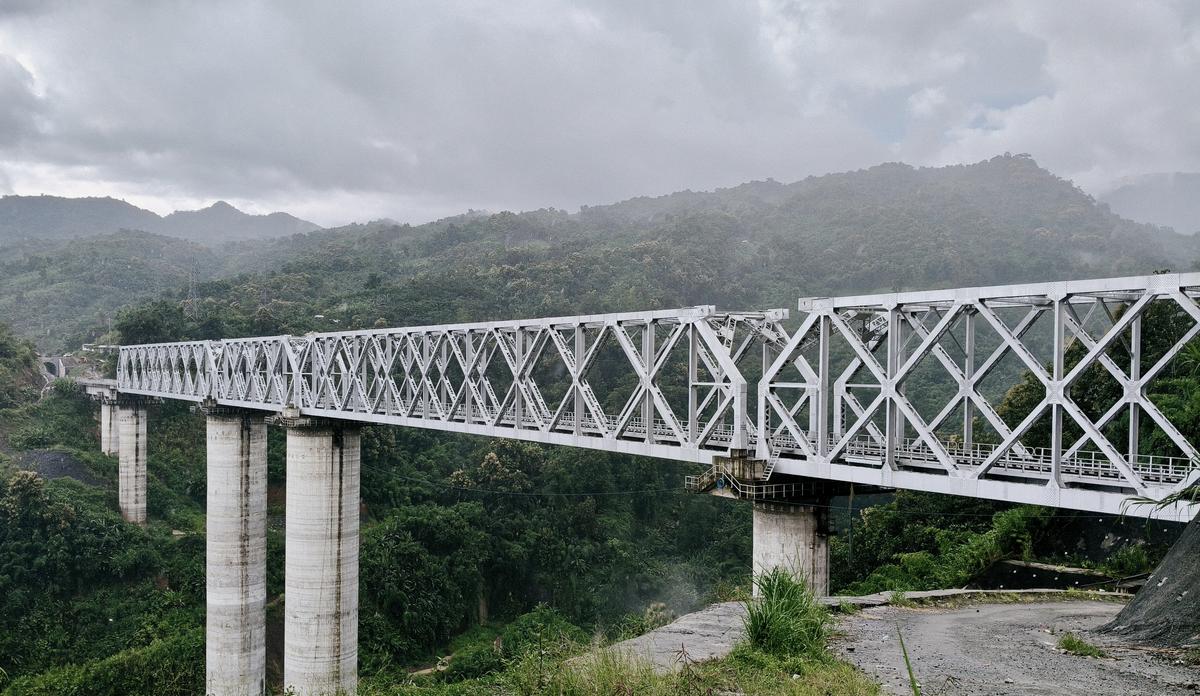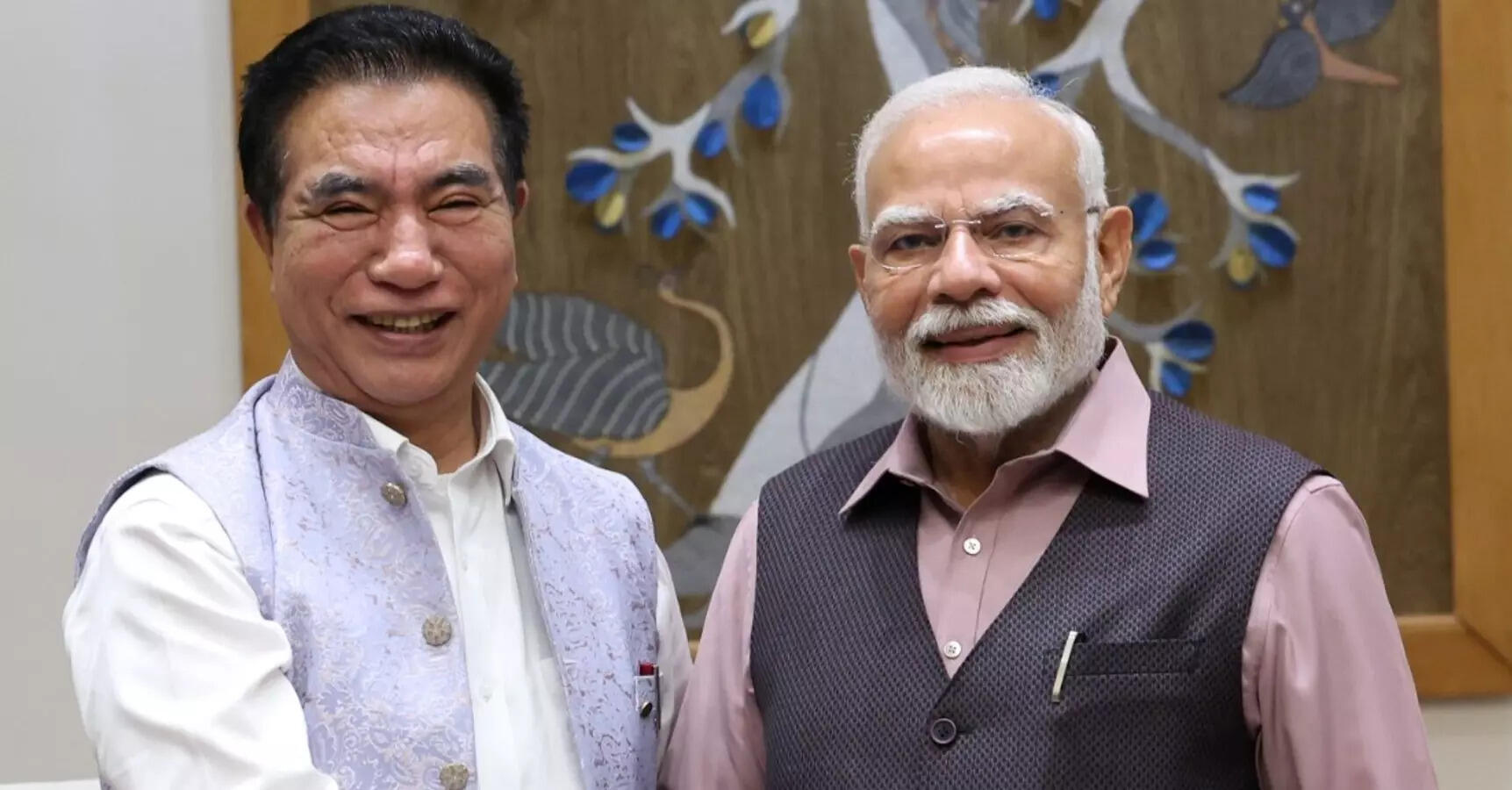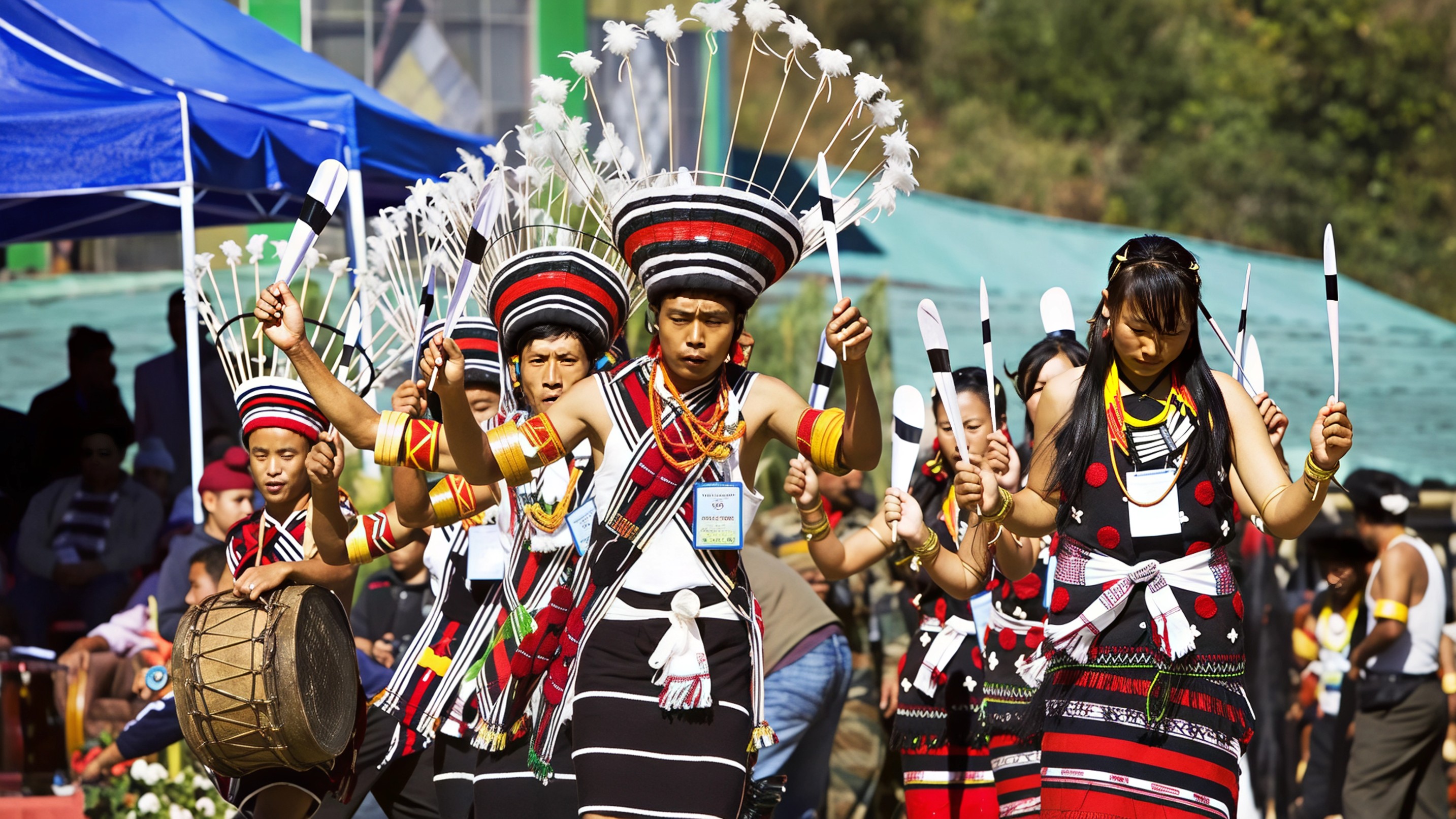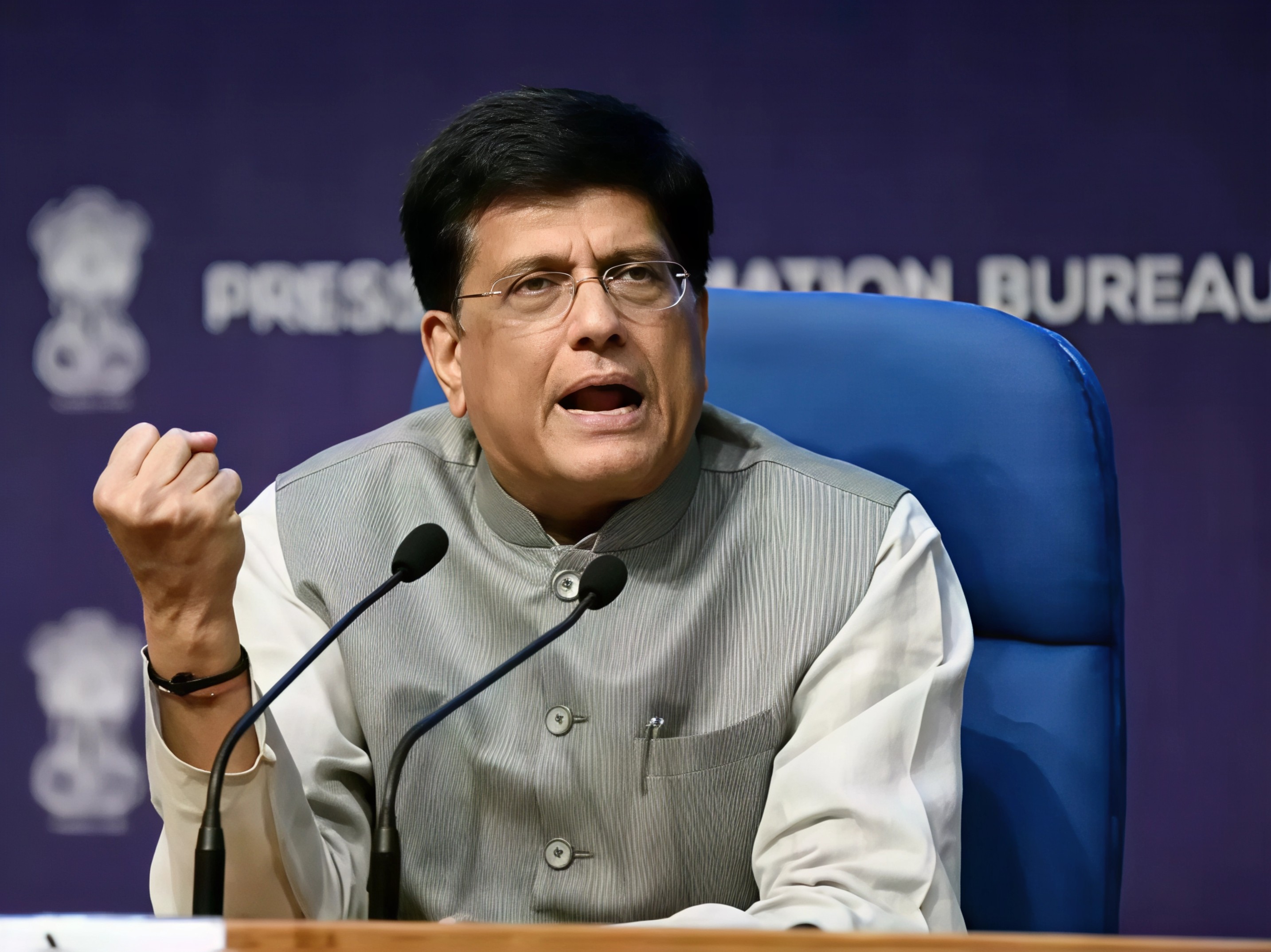Mizoram is on the verge of a historic transformation as the long-awaited Bairabi–Sairang railway line prepares for its inauguration by Prime Minister Narendra Modi on September 13, 2025. This 51.38-kilometre broad-gauge line will for the first time connect Aizawl, the state capital, to India’s national railway network, offering residents and businesses a faster, more affordable, and efficient mode of transport.

For decades, Mizoram relied heavily on road and air travel to connect with the rest of the country. These modes were often expensive or time-consuming, posing challenges for local residents and traders. The new railway line is expected to change all that by reducing travel time from Silchar to Aizawl from ten hours to just three hours. Officials also anticipate significant improvements in freight transport, allowing essential goods to move more quickly and economically.
The Bairabi–Sairang railway line is more than a transport project. It is a symbol of connectivity, economic growth, and integration of one of India’s smallest states into the national infrastructure network. The line links Mizoram to Silchar in Assam via Bhodahpur Junction, which in turn connects to the wider railway network serving Assam, Tripura, and Arunachal Pradesh. Indian Railways also plans to extend similar connectivity to other northeastern states, including Nagaland, Manipur, Meghalaya, and Sikkim, by 2030.

This railway line is dotted with remarkable engineering marvels. It includes 48 tunnels stretching over 12.85 kilometres, the longest of which measures 1.37 kilometres. The route also features 55 major bridges, including the Krung Bridge at Sairang, which towers 114 metres above the ground, taller than Delhi’s iconic Qutub Minar. Additionally, there are 87 minor bridges, five road overbridges, six road underbridges, and the tallest pier of the line reaching 104 metres.
The project was executed in four segments simultaneously, covering Bairabi to Hortoki, Hortoki to Kawnpui, Kawnpui to Mualkhang, and Mualkhang to Sairang. Four stations—Hortoki, Kawnpui, Mualkhang, and Sairang-Sihhmui—have been constructed along the route to serve passengers and freight operations efficiently.
The vision for this railway line has been a decade in the making. Prime Minister Modi had laid the foundation stone virtually in November 2014 and later inaugurated the first passenger train between Bairabi and Silchar in May 2016. Freight services to Bairabi began earlier that year, providing a preliminary boost to local trade. The project received final clearance for full passenger operations in June 2025, marking the completion of years of planning and construction.
Officials and residents alike are celebrating the launch of the Bairabi–Sairang line, seeing it as a game-changer for Mizoram. The new rail link is expected to reduce transport costs, improve access to markets, enhance tourism opportunities, and support overall socio-economic development in the state. Beyond practical benefits, the railway line holds symbolic significance by integrating Mizoram more closely with the rest of India, strengthening regional connectivity, and creating new avenues for growth.
The inauguration is also notable for its timing, as Prime Minister Modi will visit Mizoram before heading to Manipur, marking his first visit since ethnic violence affected the neighbouring state in May 2023. While the final itinerary is yet to be confirmed, the railway project remains the highlight of his trip, representing both technological achievement and regional progress.
For residents, businesses, and travellers, the Bairabi–Sairang railway line promises convenience, economic opportunities, and a safer, faster alternative to road travel. It is expected to boost tourism, as visitors can now access scenic destinations more easily and comfortably. The line’s opening also underscores the Indian government’s commitment to expanding infrastructure in northeastern states, ensuring that economic development reaches every corner of the country.
To stay updated on developments in Mizoram, railway projects across India, and smart travel tips, follow Tech Moves on Instagram and Facebook for the latest news and insights.









